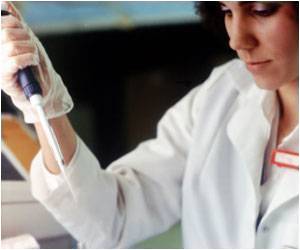“There is need of the hour to develop models which can actually recapitulate the human brain.”
‘Using the new technology, the patient’s blood can be converted into induced pluripotent stem cells (iPSCs). These cells help develop brain cells of human origin easily in a laboratory dish.
’
“The idea behind this technology is that we can take the patient’s blood and convert it into induced pluripotent stem cells (iPSCs), which are almost similar to embryonic stem cells,” says Dr. Yogita.
Why use stem cells?
Stem cells are the source of all the source of all tissues. They can be developed into bones, muscles, or even nerves.
“Stem cell technology holds great promise for disease modeling, the study of complex organs and disease pathogenesis, drug testing, development of novel drug candidates, regenerative medicine, and personalized medicine,” says Dr. Yogita Adlakha.
What’s new about this model?
Researchers have already started developing stem cell-based methods to make 2D and 3D models that mimic brain architecture and disease pathology. By using the technology proposed by Dr. Yogita, these 3D brain tissues can be generated in a lab-dish. Her team is also developing some methods to increase the production of brain tissues.
“Once these methods are fully developed, there will be no need for testing drugs on animal models as these brain tissues will reflect the human brain architecture and physiology,” she added.
Although technologies like these have already been underway in the UK, USA, and Germany, India has just started its baby steps into working on these models.
Source: Medindia


